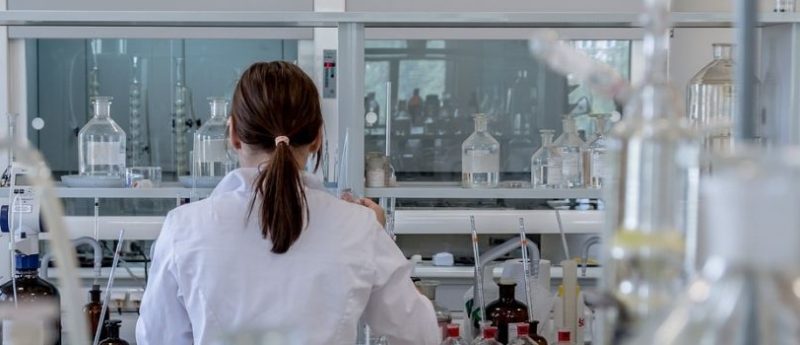Named after the blotting process used to transfer biological samples from a gel to the surface of a membrane for analyses, the western blot was born in 1979 and has long been what Thremo Fisher Scientific calls “a routine technique for protein analysis.”
Due to its ubiquitous nature as a research tool, the western blotting process is rarely closely examined, and its results are often taken at face value. However, life scientists have begun raising serious questions about the reproducibility of western blot data in basic research. In fact, a rapidly increasing number of clinical editorials and sponsored webinars have begun to focus on this critical topic.
In her new paper, Bethyl Laboratories’ Sharon Bonnette, PhD, cites multiple studies that blame poorly characterized antibody reagents for western blotting’s crisis of irreproducibility and advocate for antibody validation as the best way to combat this problem. Titled “A Western Blot and Immunoprecipitation Assay to Verify Antibody Specificity,” notes that scientific journals are beginning to require all submitting authors to “validate and properly describe their reagents.”
Issues of unverifiable or irreproducible basic and pre-clinical data are quite serious considering that this data is key to the entire clinical discovery process to further the treatment, diagnosis, and prevention of disease. Therefore, Dr. Bonnette determined, “In order to make qualified reagents that accelerate discovery in basic or pre-clinical research, high-throughput manufacturing followed by high-throughput validation is necessary.”
To accomplish this goal, Dr. Bonnette recommends employing the highly practical and efficient test that Bethyl Laboratories uses to both identify the intended target band in western blotting assays and verify antibody specificity. “The test involves western blotting and immunoprecipitation assays using multiple epitope-specific antibodies directed at the same target protein,” writes Dr. Bonnette.
In Dr. Bonnette’s words, “The first and most important quality of validation is verifying the antibody recognizes the intended target. The most accepted methods for validating antibody specificity include application-specific testing using knockout (KO) or RNA knockdown samples and/or using multiple antibodies against distinct epitopes of the intended target.”
After the target band is correctly identified, the antibodies are subjected to further testing to assess their performance and specificity. After undergoing holistic testing for performance and specificity, antibodies must exhibit minimal non-confounding cross-reactivity. Dr. Bonnette describes the Bethyl Laboratories solution for validating the target-specificity of western blot antibodies as both practical and high-throughput.
Although scientists generally agree that the responsibly of validation ultimately rests on the user, they also feel strongly that commercial antibody providers should facilitate the validation process in a clear and transparent manner. For some companies, however, this presents serious operational and financial challenges.
Recognizing the significant impediments that the antibody validation presents, Dr. Bonnette nevertheless considers it essential for the generation of reliable data.” It can be difficult to test for specificity using knockout tissue or RNA knockdown lysate,” she writes. “Using multiple antibodies to distinct epitopes in a combined western blotting/immunoprecipitation assay is an effective alternative method for verifying specificity.”
In short, the Bethyl Laboratories antibody verification method points the way to an easier and less expensive way to ensure accurate and reproducible western blotting results. And these accurate and reproducible results have the potential to significantly accelerate the pace of biomedical discovery by laying a solid foundation of basic and pre-clinical research data.

